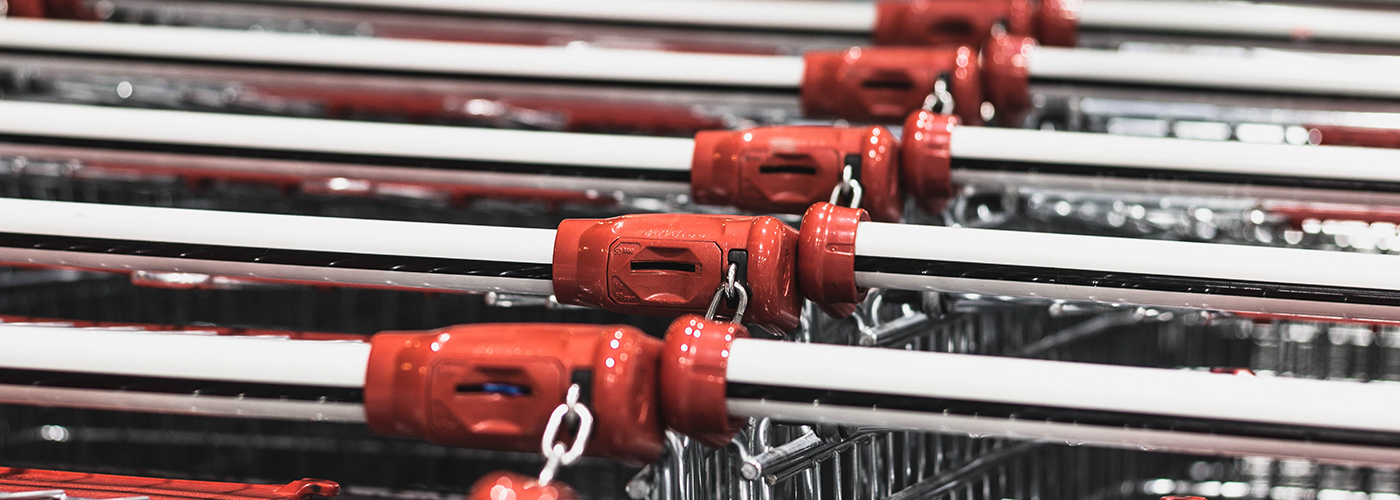 t Meriwether Group, we believe that any great business or brand, no matter the industry, has to start by understanding the answer to this question: Who is our consumer? Every decision always comes back to this. Once we can pinpoint the specific market segmentation that will provide us with the most amount of traction, all other functions become targeted toward the customer and their wants and needs.
t Meriwether Group, we believe that any great business or brand, no matter the industry, has to start by understanding the answer to this question: Who is our consumer? Every decision always comes back to this. Once we can pinpoint the specific market segmentation that will provide us with the most amount of traction, all other functions become targeted toward the customer and their wants and needs.
Great businesses spend a lot of time defining their consumers. They develop what we call a psychographic profile for each consumer group, asking questions like: What does this particular key consumer group eat? Where do they shop? What do they like to do with their spare time? What magazines do they read? Where do they travel? What things do they have with them at all times that help define who they are? All of these questions help to build an archetype for each consumer group.
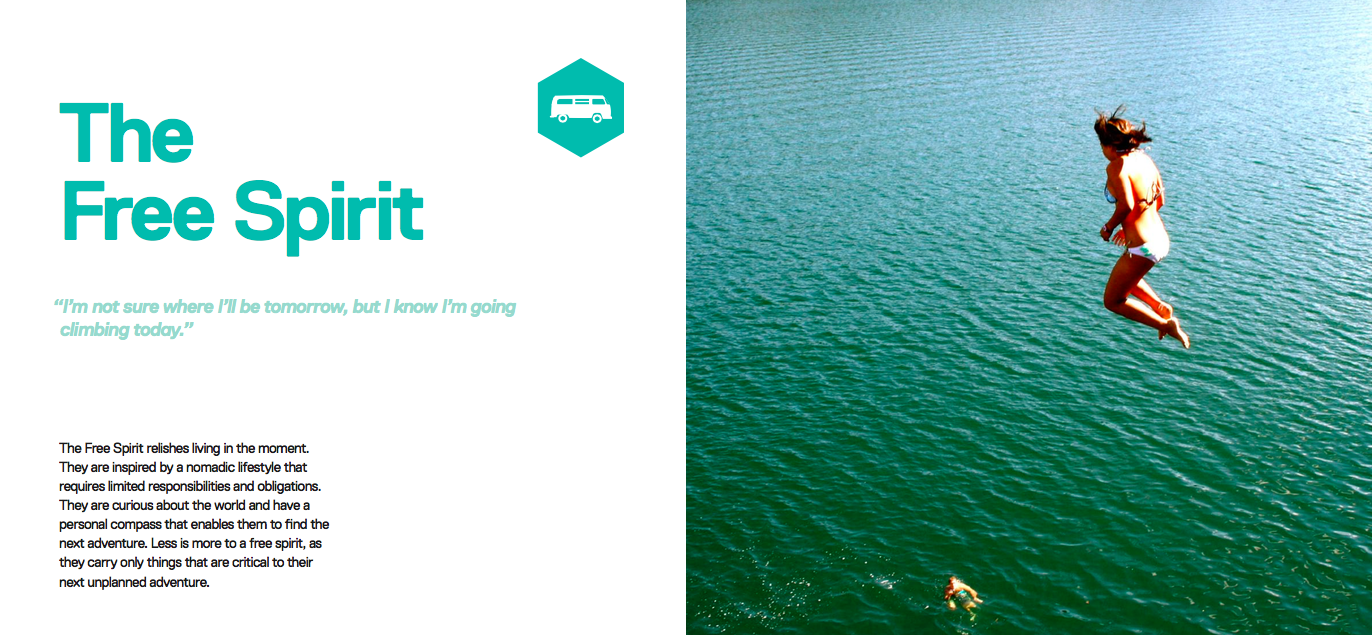
Adidas, for example, has six extremely clear and discrete consumer groups that range from elite athletes to mall walkers. Each consumer group plays an important role when it comes to a brand’s overall go-to market strategy. Once these are clear, they provide a litmus test for every product or service developed.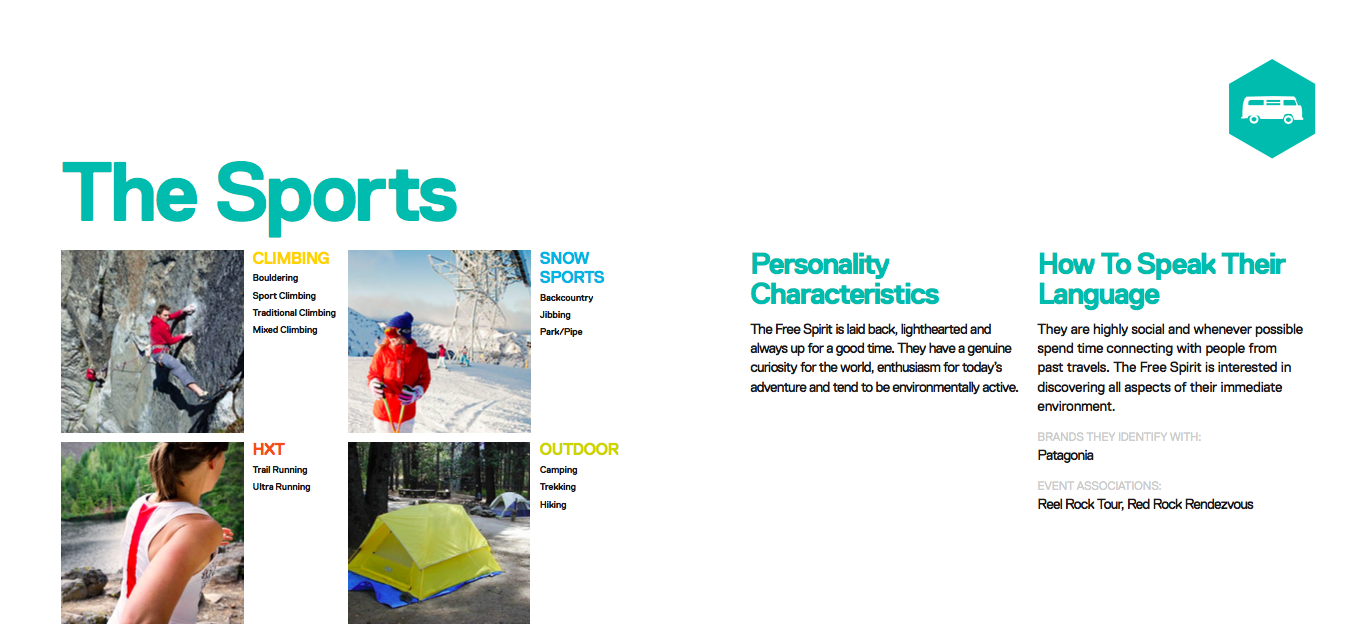
What we’re finding now, though, is that new consumer groups are emerging in radical and significant ways within the millennial generation. For many brands, this means it’s time to recalibrate or be left behind.
Traditional Retail is Dying
In the last six months, we have witnessed the fall of major American retail. This year alone, JCPenney will close 138 stores; Radio Shack will close 552, Macy’s will shut down 68 stores, and The Limited will shut down all 250 of its stores around the country. Retail is dying, but why?
I believe the reason is that these major brands fail to serve the consumer an experience. Think about it: you enter these stores and confront a sea of clothes racks, with thousands of hangers labeled S, M, L, XL, holding products from multiple brands. The customer hopes to stumble upon something they like. No brand story is being told as you fumble through the blandness. The consumer has just voted a resounding no to this approach.
Conversely, single brand brick and mortars have done well when they put effort into telling their story. If you walk into any Patagonia store, there’s so much more going on than just trying to push product. It’s a full-on brand immersion. For example, on any given day at the store in Portland, the Patagonia staff is screening a film or setting up a table of microbrews for people to try. They’ve created an area with coffee to sip and books and brochures to peruse that feeds the customers need for something more than the typical retail experience. In combination with the physical offering of coffee and a movie, the educated staff shares their deep knowledge of the design features of the products. The store and the brand itself emanate a feeling of thoughtfulness, and it works.
The Consumer Landscape is Shifting
In highly generalized terms, millennials are driving this new demand for a more intentional retail atmosphere. Young people as a collective group tend to share a deep desire to support and spend their money on brands that share experiences – not ones that just sell products.
Why is this happening? I’m not an expert in psychology, but my hunch is that we have hammered the consumer with constant marketing over the last several decades. This overt tactic leads to fatigue, and what was once interesting has become irrelevant.
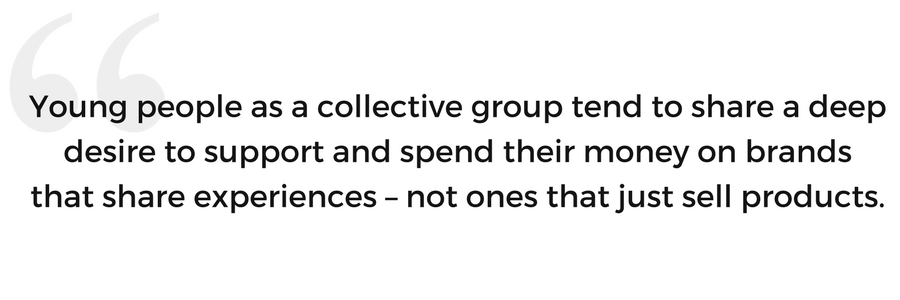 Now, people want to live a life that’s more about the journey. For the generation entering the workforce, doing something that is meaningful every day is more important that lining their pockets with money they can’t spend until they are retired. They want to have gigs instead of a job and a converted sprinter van rather than a 30-year mortgage. Paradigm shifts occur when the collective consciousness becomes tired of old ways, and a new generation declares to live differently than their parents or grandparents.
Now, people want to live a life that’s more about the journey. For the generation entering the workforce, doing something that is meaningful every day is more important that lining their pockets with money they can’t spend until they are retired. They want to have gigs instead of a job and a converted sprinter van rather than a 30-year mortgage. Paradigm shifts occur when the collective consciousness becomes tired of old ways, and a new generation declares to live differently than their parents or grandparents.
Looking at how this idea translates into communicating a brand, the old paradigm was to say, “We’re a product company.” For example, “We’re Nike, and we sell shoes and apparel.” The new paradigm sounds more like this: “We share experiences with our consumers. To fully enjoy those experiences, though, requires you to access the various products we sell.”
So, Nike’s story could go something like this: “Soccer is an amazing sport. Look how amazing it is for the community, personal development, politics and more. Look how aspirational and experiential it is. We’re going to share all sorts of amazingly rich content and powerful stories from our community, and then you’re going to want to go out and have that experience. Here’s the shoe you need to do it.”
The Brands of the Future are Being Defined Now
This is a really big, fundamental shift. We’re no longer in a world of push-down strategy. Consumers want to participate in and feel part and parcel of the product and brand experience. They are no longer content with being passive purchasers. More and more, people want to feel like they’re being invited in to help co-create the experience.
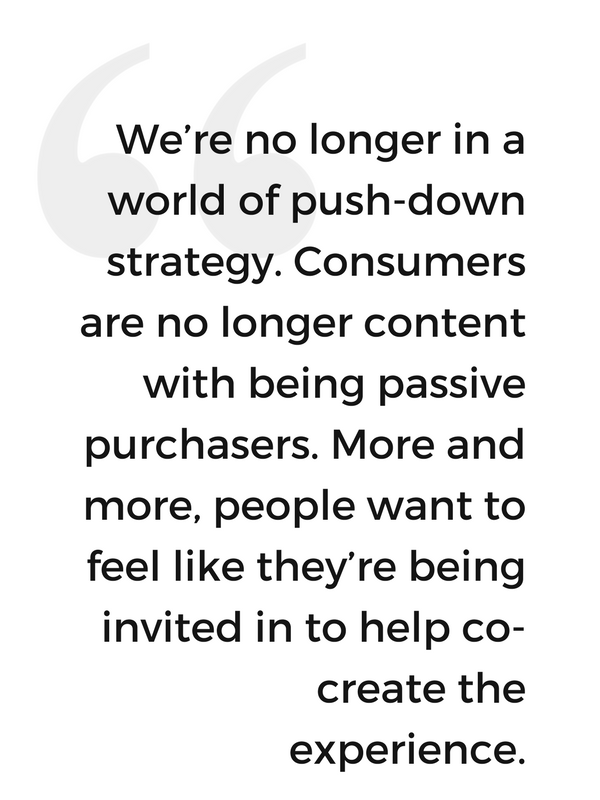
Take Stumptown Coffee. People will walk five blocks past six other coffee shops just to get a Stumptown. Is it because that cup of coffee is that much more superior? I would bet that for the average palate, there’s not a hugely discernible difference. Rather, it’s because they want to feel a part of that ethos. People take selfies with the store’s logo behind them every day. It helps to define their personal brand as well as become part of a community.
As such, these consumers are willing to walk farther, wait in a long line, and spend more money to have that experience. This is powerful, and it’s something the Starbucks of the world need to be concerned about.
Ultimately, the consumer drives revenue, so as entrepreneurs it’s important to understand where they’re going and why. Not only that, but as large and small brands alike start to shift toward providing more experiences and telling their story, it has to be deeply honest, authentic and grounded in the company’s DNA. Consumers will see right through the bullshit, and your company will be penalized.
The major brands of the future are making choices to deliver on their promise and bring consumers along for the ride.


